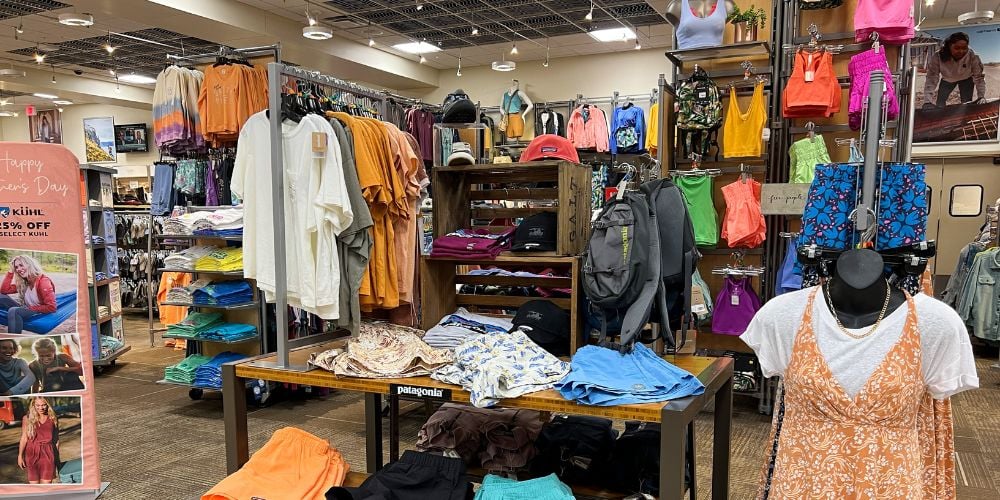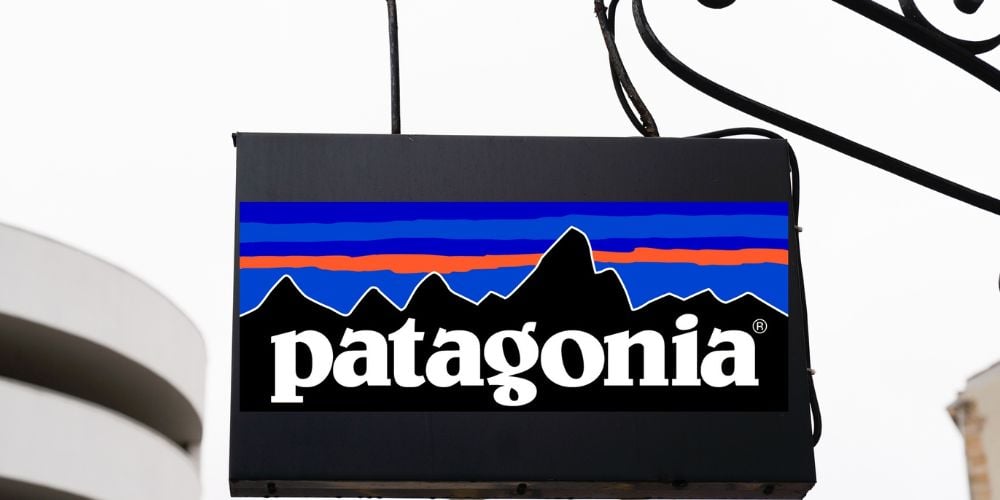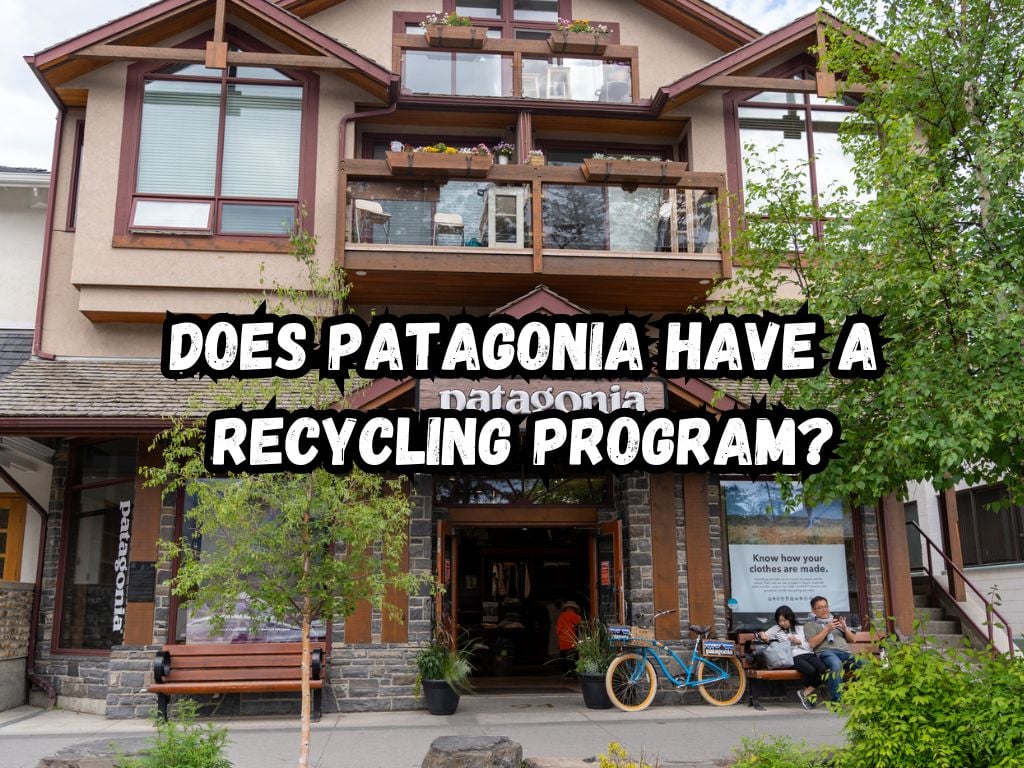The fashion industry is widely known for its significant ecological impact, and with the rapid growth of fast fashion, the need for sustainable practices and responsible consumption is of utmost importance. So, does Patagonia have a recycling program?
Patagonia, a leading outdoor clothing brand, is paving the way for a more sustainable future through its extensive recycling program.
In this article, we will delve into the workings of Patagonia’s recycling program, including their take-back initiative, upcycling practices, global recycling strategy, and the innovative Common Threads Garment Recycling Program.
By gaining a deeper understanding of Patagonia’s commitment to closing the loop on sustainable fashion, we can explore how we too can make conscious choices and contribute to a more sustainable future.
Does Patagonia have a recycling program? Patagonia’s Take-Back Program
Patagonia’s Take-Back Program is at the forefront of the company’s comprehensive recycling efforts.
This initiative enables customers to return any Patagonia product for recycling. Whether it’s a worn-out jacket, a torn backpack, or an old pair of shorts, Patagonia accepts all their products for recycling at their Service Center or retail stores.
To ensure garments are ready for recycling, it is advisable to wash or clean them before returning.
In addition to the Take-Back Program, Patagonia has partnered with the Worn Wear program, which extends the life of garments by repairing and refurbishing them.
Garments that cannot be repaired are recycled, contributing to Patagonia’s overall recycling efforts.
This partnership encourages customers to adopt a mindful approach to purchasing, to see clothing as an investment, and prioritize repairing and reusing them before considering recycling.

The Upcycling Revolution: Tee-Cycle Collection
Patagonia is revolutionizing the upcycling of worn-out garments through their innovative Tee-Cycle collection.
This collection focuses on transforming old and worn Patagonia T-shirts into new shirts.
The upcycling process begins with the collection of old garments, which are broken down into fibers.
These fibers are combined with Infinna™ Fiber, a revolutionary material created from recycling cotton and polyester scraps that would otherwise go to waste.
The resulting composite material is then used to create new T-shirts, thereby completing the upcycling cycle.
Patagonia’s Tee-Cycle collection brings significant environmental benefits. By reusing existing materials, Patagonia reduces the need for virgin resources, the energy required for production, and the waste generated in the textile industry.
Upcycling also helps decrease the carbon footprint associated with garment manufacturing.
Patagonia’s Tee-Cycle collection serves as an excellent example of the company’s commitment to circularity and waste reduction.
Patagonia’s Global Recycling Strategy: A Pledge for a Sustainable Future
Patagonia’s recycling efforts center on reducing, repairing, and reusing before recycling.
The company recognizes the significance of minimizing consumption and encourages customers to buy only what they truly need.
By adopting a mindful approach to purchasing, individuals can minimize waste and contribute to a more sustainable future.
To support their global recycling strategy, Patagonia has set long-term goals that aim to close the loop on their products.
They strive to use only renewable and recycled raw materials, eliminating the need for non-renewable resources.
This commitment extends to both synthetic and natural fibers, which are made from pre-consumer and post-consumer waste. By reducing their reliance on petroleum, Patagonia significantly decreases their greenhouse gas emissions.
The Common Threads Garment Recycling Program: A Circular Economy in Action
Overview of the Common Threads Garment Recycling Program
The Common Threads Garment Recycling Program is a key component of Patagonia’s commitment to sustainability.
It allows customers to return their worn-out Capilene base layer garments, regardless of their condition, to be recycled by Patagonia.
This program is part of Patagonia’s wider effort to transition to a circular economy, where products are kept in use for as long as possible through recycling and repurposing.
The Process of Garment Recycling
Once customers return their worn-out Capilene base layer garments, Patagonia begins the recycling process.
The garments are broken down into their component fibers, which are then sorted and cleaned to remove any contaminants.
These fibers are then used to create new products, such as new base layers or other clothing items.
This process not only eliminates the need for new virgin materials but also prevents old garments from ending up in landfills.
Achievements and Impact of the Program
The Common Threads Garment Recycling Program has had a significant impact on reducing Patagonia’s environmental footprint.
Since the program’s launch in 2005, Patagonia has successfully recycled over 85 tons of worn-out garments.
This translates to a substantial amount of waste being diverted from landfills and valuable resources being conserved.
In addition to the environmental benefits, the program also highlights the importance of conscious consumerism.
By providing customers with a convenient and accessible way to recycle their clothing, Patagonia encourages people to think about the lifecycle of their garments and make more responsible choices when purchasing new items.
The program serves as a catalyst for change, influencing the industry as a whole to adopt more sustainable practices.

The Common Threads Initiative – Beyond Recycling
The Common Threads Garment Recycling Program is just one aspect of Patagonia’s broader Common Threads Initiative.
This initiative aims to promote a culture of conscientious consumption, encouraging customers to reduce, repair, reuse, and recycle their clothing.
It emphasizes the importance of viewing clothing as an investment and taking steps to prolong its lifespan.
As part of the Common Threads Initiative, Patagonia also provides resources and guides on repairing garments.
They offer workshops, online tutorials, and repair guides, empowering customers to repair their clothing instead of discarding it.
The goal is to empower individuals to take responsibility for the durability and longevity of their garments, fostering a deeper connection with the products they own.
Partnering for Greater Impact
Recognizing the need for collective action to bring about significant change, Patagonia collaborates with like-minded organizations and initiatives to amplify the impact of the Common Threads Garment Recycling Program.
They work with partners such as Stella McCartney’s Loop Initiative and the Ellen MacArthur Foundation to promote circularity and sustainable practices across the fashion industry.
Through these partnerships, Patagonia not only contributes to systemic change but also shares knowledge and best practices with other brands and organizations.
By working together, the industry as a whole can move toward a more sustainable future.
Frequently Asked Questions
Is Patagonia’s recycling program available worldwide?
Yes, Patagonia’s Take-Back Program is available at their Service Center and retail stores globally, ensuring accessibility to all customers.
How can I participate in Patagonia’s recycling program?
To participate, simply return any Patagonia product for recycling at their Service Center or retail stores.
Can products from other brands be recycled at Patagonia?
Patagonia’s recycling program primarily focuses on their own products. However, they encourage conscious consumerism and urge customers to seek recycling options provided by other brands.
Is Patagonia’s recycling program limited to clothing items only?
While Patagonia’s primary focus is on garment recycling, they also accept other Patagonia products, such as backpacks and jackets, for recycling.
Conclusion
The fashion industry’s ecological impact cannot be ignored, so it is crucial that companies such as Patagonia that prioritize sustainability are celebrated for their efforts.
Their extensive recycling program underlines Patagonia’s commitment to sustainability and environmental responsibility.
Through their Take-Back Program, innovative upcycling practices, global recycling strategy, and the innovative Common Threads Garment Recycling Program, Patagonia is leading the way in transforming fashion towards a circular economy.
By actively participating in their recycling initiatives, supporting conscious consumerism, and embracing sustainability, we can all be part of the solution and work collectively towards a greener future.
Patagonia serves as a shining example of a brand that takes its social and environmental responsibility seriously.


 Tags:
Tags:










